When winter shows up, one of the first questions property owners and contractors face is: what size blade snow plow do I need to clear snow efficiently and safely? Snow plow blades come in a surprisingly wide range of lengths — from compact 4-foot blades for ATVs to massive 28-foot (and larger) multi-section highway or airport runway outfits — and the “right” length depends on vehicle, job type, maneuverability, and budget. Below is a practical guide to the most popular blade lengths, why those sizes exist, and how to choose the best option for your needs.
Common blade snow plow lengths and where you’ll see them
-
4–5 feet (48–60 inches) — Typical for ATVs, UTVs, mini skid steers, mini wheel loaders and compact garden tractors. These short blades are ideal for tight residential areas, sidewalks, steps, and other places where maneuverability is king.
-
6–7.5 feet — Favored on compact tractors, utility work machines, skid steers and smaller subcompact loaders. This is a common size for homeowners with longer driveways or small commercial properties that still need nimble equipment.
-
7.5–9 feet — The sweet spot for many pickup-truck-mounted plows, compact wheel loaders, compact track loaders, telehandlers and larger compact tractors. This length balances clearing width with road/legal considerations and works well for most residential driveways and smaller commercial lots.
-
9–10.5 feet — Often used on compact wheel loaders and tractors, heavy-duty pickup trucks, one-ton trucks, and small municipal trucks. These blades move more snow per pass but require a correspondingly larger vehicle and more power. At this stage it also becomes increasingly beneficial to have sectional cutting edges – like the KAGE AdvantEDGE – that contour to the crowns, wheel depressions and other irregularities in the substrates.
-
10–12 feet — Standard for many municipal single-blade snow plows and larger truck setups; great for mid-size wheel loaders and 100+ horsepower ag tractors; popular for small-to-medium parking lots and light commercial properties.
-
12–16 feet — Used on large municipal trucks, mid-to-large wheel loaders, and for highway ramp clearing. These blades are efficient for big, open areas but need experienced operators and powerful machines.
-
16–28+ feet — Multi-section articulating wings and highway plows used for clearing wide roadways, airport aprons and runways, or large commercial properties. These are specialist tools for contractors and municipalities running large wheel loaders and 300+ horsepower tractors.
Why those sizes — the practical reasons behind the numbers
1. Vehicle width and road legality
A primary constraint on blade snow plow length is the vehicle it mounts to and legal road-width limits. A blade that’s too wide for a pickup or municipal route will create problems turning, storing, or driving on public roads. Many pickup-mounted plows peak around 8–9 feet because that matches typical truck front widths and keeps the overall transported width manageable.
2. Machine power and lift capacity
Longer blades push more snow and therefore require more horsepower and stronger hydraulic lifting capacity. A compact tractor can handle a 6–7.5-foot blade easily; it’s not going to be efficient or safe with a 14-foot straight blade. Matching blade length to the machine prevents excessive strain on drivetrains, hydraulics, and frames.
3. Maneuverability and precision vs. productivity
Shorter blades give precise control for tight jobs: narrow driveways, landscaped areas, and curbed parking lots. Longer blades increase productivity on open areas (you move more snow per pass), but lose the ability to work close to obstacles. Contractors often carry multiple blade snow plow types to balance speed and accuracy.
4. Job type and surface complexity
A homeowner with a winding driveway and landscaping will prefer a 6–7.5-foot blade. A contractor clearing a long straight lot will prefer 10–12 feet or even wings. Airports, highways, and large industrial yards need very large multi-section plows to keep up with volumes and reduce passes.
 5. Storage, transport, and cost
5. Storage, transport, and cost
Longer blades take more space in storage and on trailers, and they cost more. A business must weigh the increased clearing speed against the expense of purchase, transport, and maintenance. For many small contractors, a mid-range blade (8–10 feet) is the most cost-effective.
Pros and cons by size (quick summary)
-
4–6 ft
-
Pros: Highly maneuverable, inexpensive, ideal for sidewalks and tight areas.
-
Cons: Slow on large areas; many passes required.
-
-
7–9 ft
-
Pros: Versatile — good for residential and small commercial work; fits most trucks and small tractors.
-
Cons: Less efficient than larger blades on big lots.
-
-
10–12 ft
-
Pros: High productivity for medium-to-large lots; favored by many contractors.
-
Cons: Requires a more powerful vehicle; harder to store/transport.
-
-
12–16+ ft and wings
-
Pros: Extremely efficient on large open areas and highways.
-
Cons: Expensive equipment, requires experienced operators, and often specialized mounting/power.
-
Other blade characteristics that influence effective length choice
-
V-shape vs. straight vs. straight with wings — V-plows shorten effective clearing width when in V-position but improve penetration in deep snow. Wings let a plow act wider without overly increasing transport width.
-
Angling ability — A shorter blade with a large angle can still move snow effectively to the side; angling influences performance almost as much as length.
-
Cutting edge and flotation — The way a blade articulates and floats over uneven ground affects how much of its length can actually contact the surface and remove snow cleanly.
-
Mounting system — Quick-attach systems and direct hitches can determine the practical max size you can safely carry and swap.
How to choose the right length for you
- Match to the vehicle — Check your vehicle’s front-end width, lift capacity, and hydraulic specs before choosing an oversized blade.
- Inventory your job types — If you mostly do tight residential jobs, prioritize maneuverability. If you do large lots, invest in longer blades or winged assemblies.
- Consider transport and storage — Make sure you have room to store the blade and a way to safely transport it between sites.
- Think about attachments — If you may add wings, V-configuration, or push boxes later, plan for a base blade that supports these options.
- Budget realistically — Bigger blades offer speed but also higher purchase, repair, and operating costs.
There’s no one-size-fits-all answer to blade length — it’s a balancing act between vehicle capability, property layout, desired speed of clearing, and budget. Shorter blades give precision; mid-sized blades provide versatility; longer blades deliver productivity on big surfaces. Many contractors end up with a small fleet of blade options (or multi-function blades) so they can match the tool to the task.
If you’re buying your first plow, start by measuring the types of jobs you do most often, check your vehicle’s specs, and choose a blade length that lets you work efficiently without overstressing your equipment. And if you’re a homeowner or small contractor, remember: moving more snow per pass is great — until a too-large blade becomes a liability turning corners, fitting into storage, or damaging your landscape. Choose for balance, and you’ll get the most value out of your plow season after season.
KAGE Blade Snow Plow Options
- SnowFire Series: 4.5- to 12-Foot Options
- SnowStorm Series: 10- to 14-Foot Options
- SnowDozer Series: 10- to 28-Foot Options
- ShadowBlade: 9- to 10.5-Foot Rear Blade Options

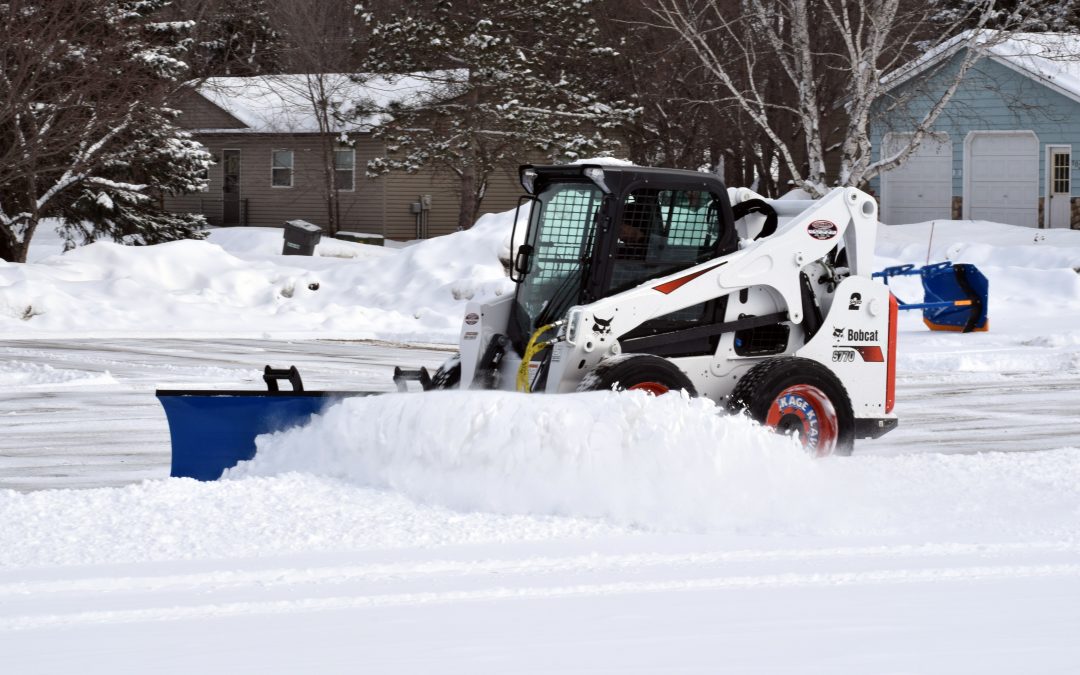
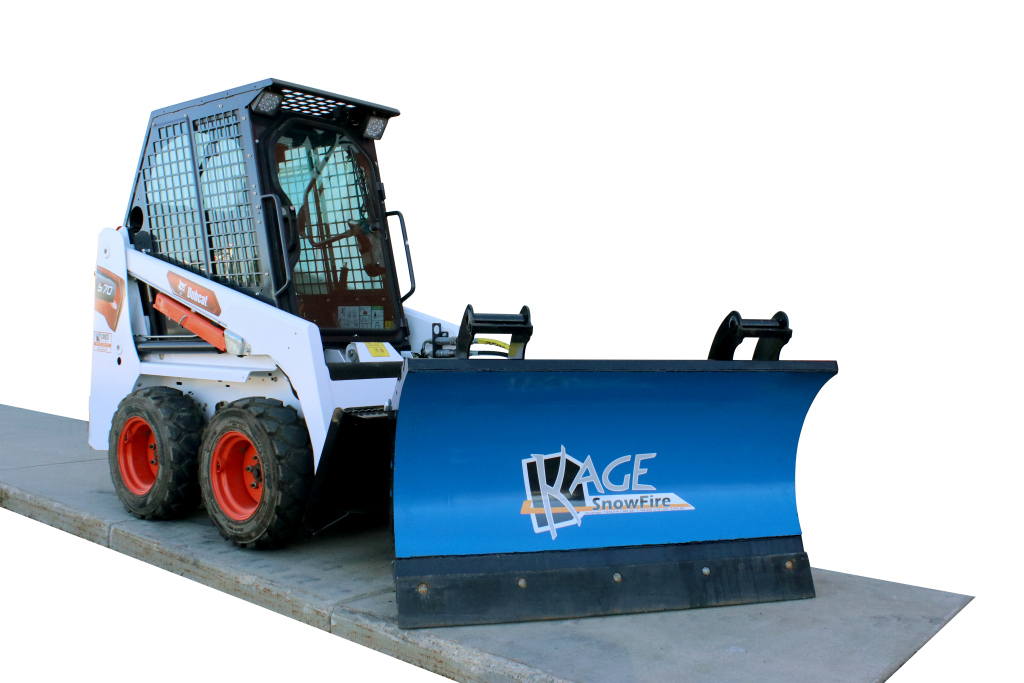

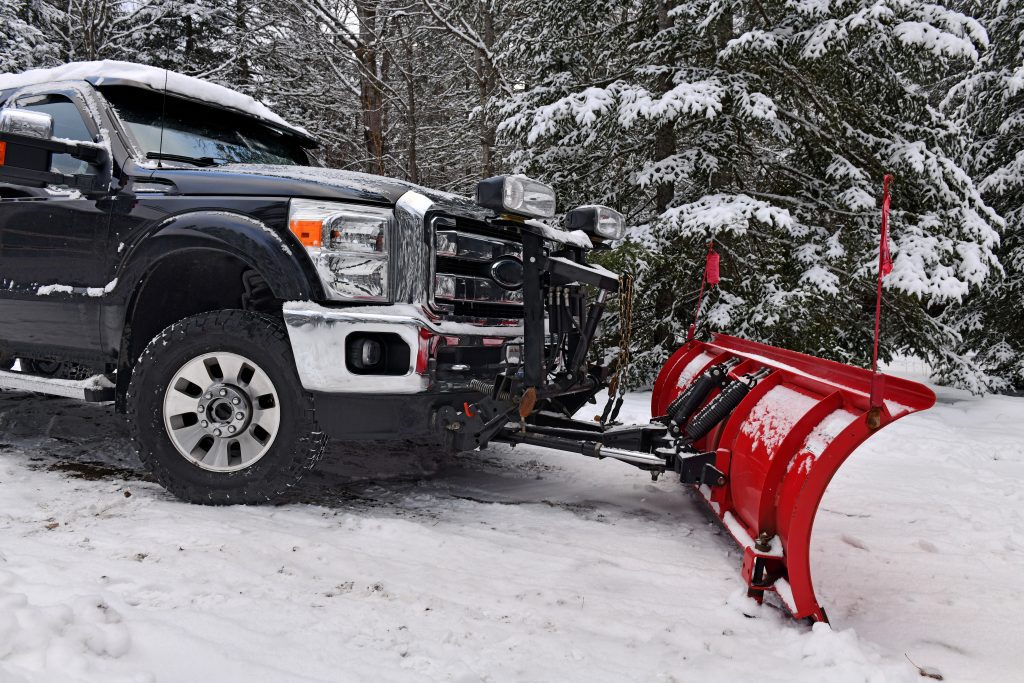
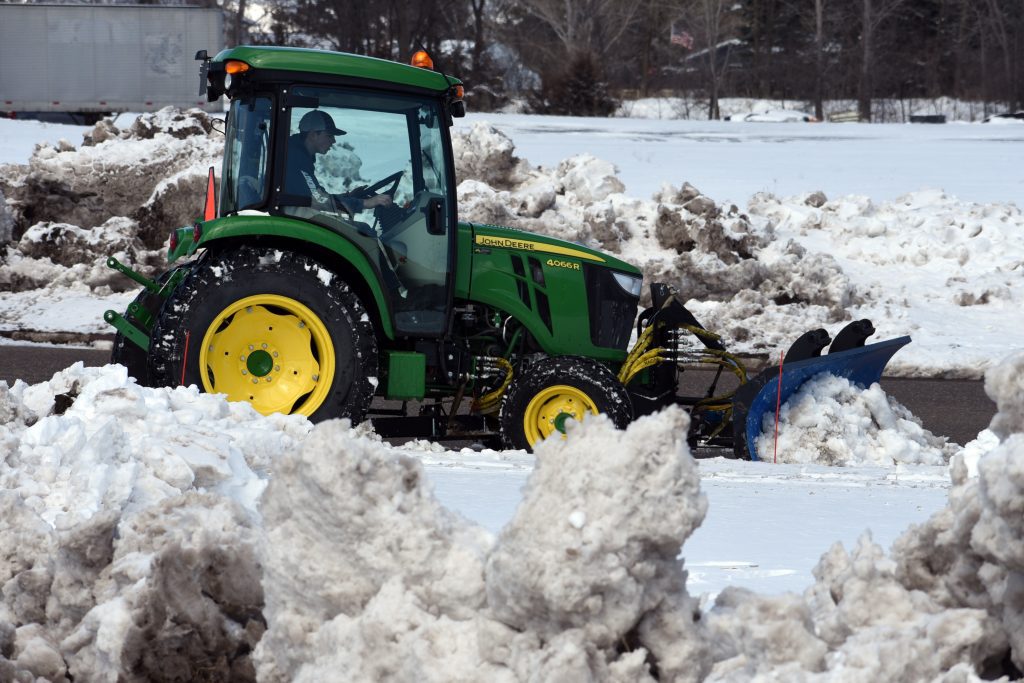
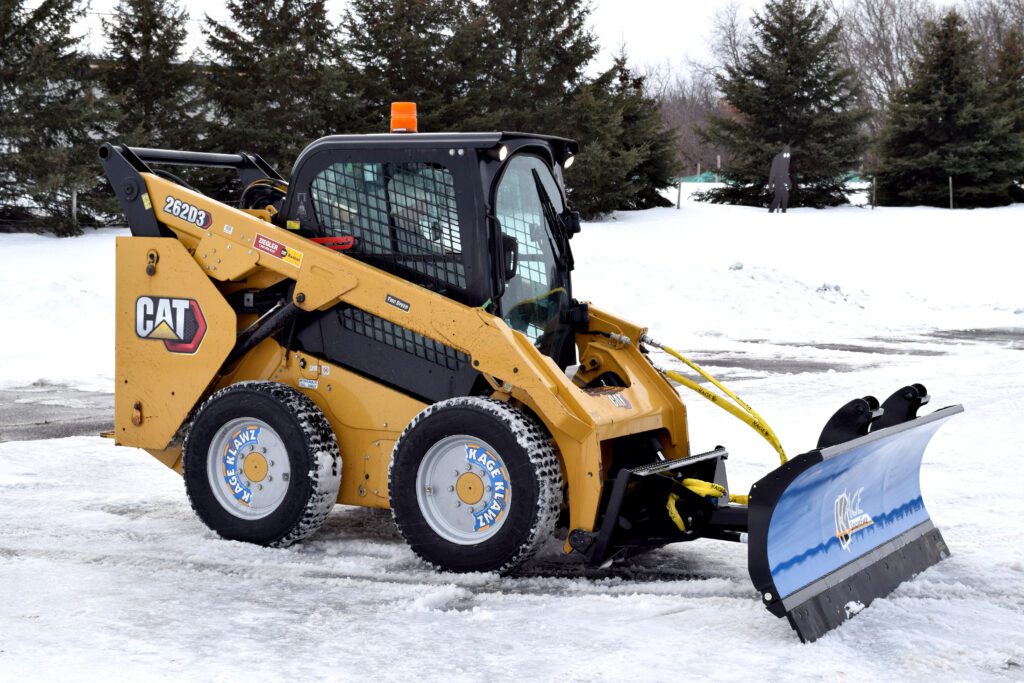
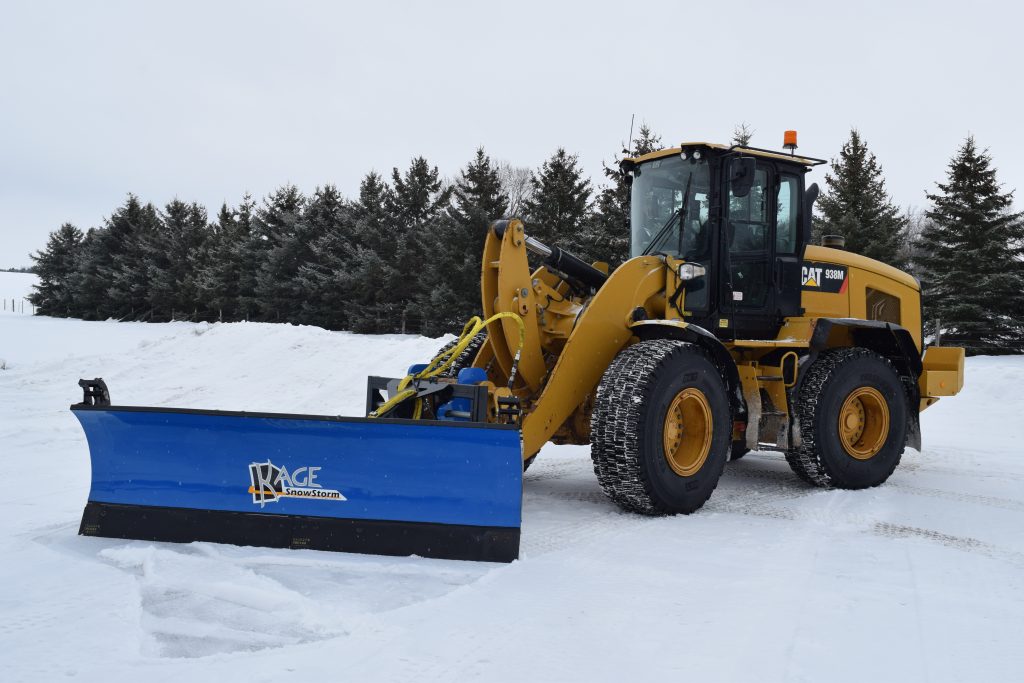
Recent Comments